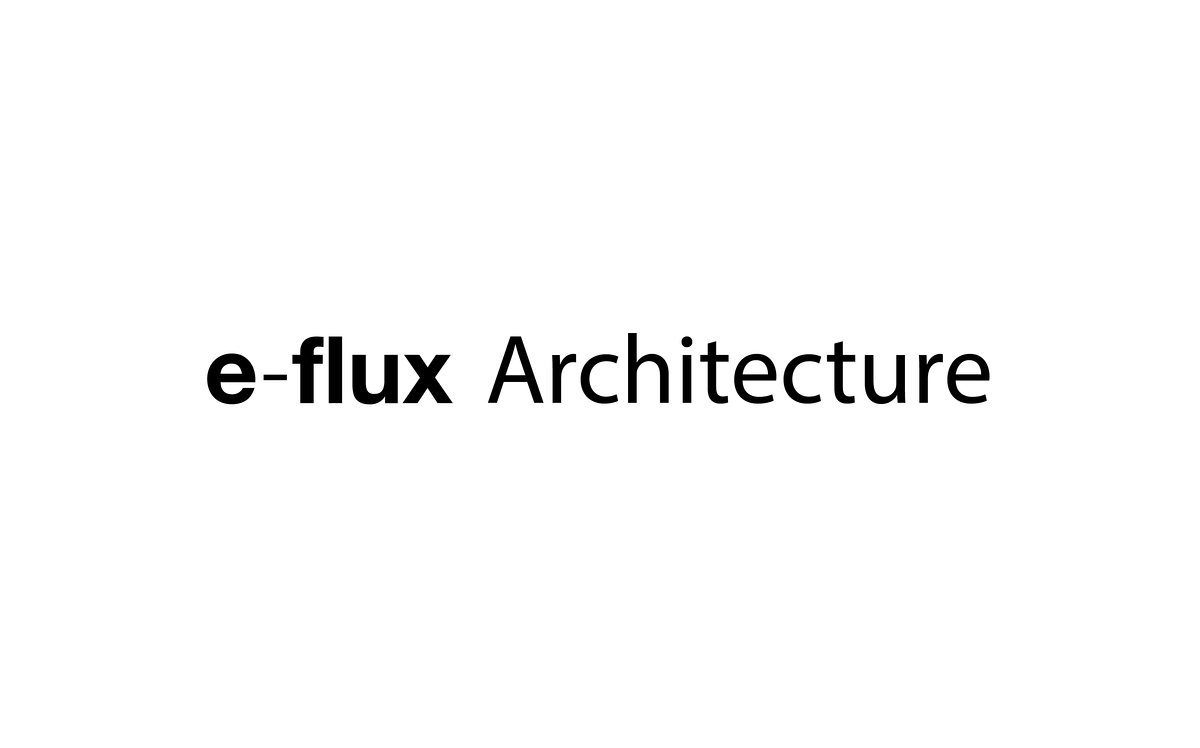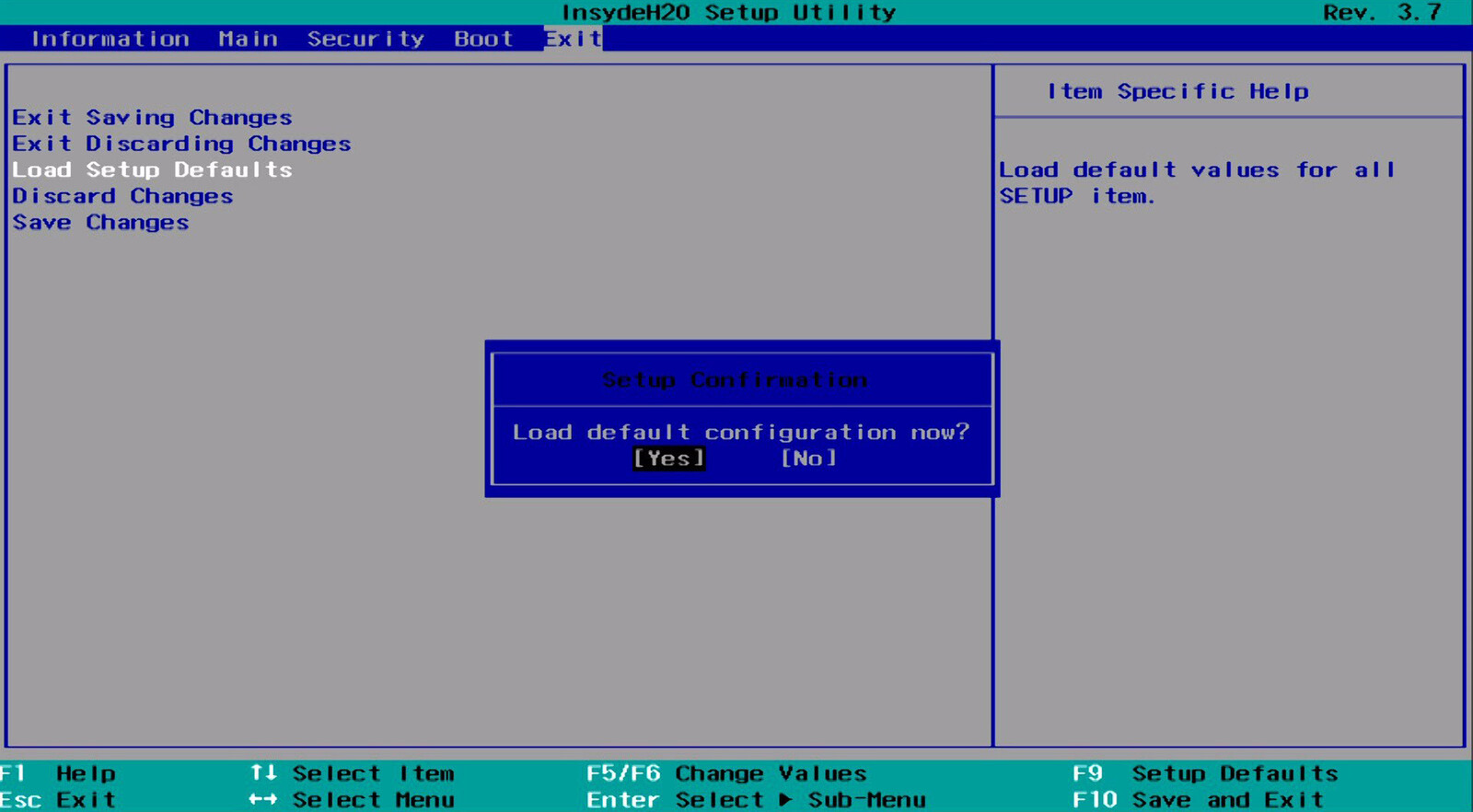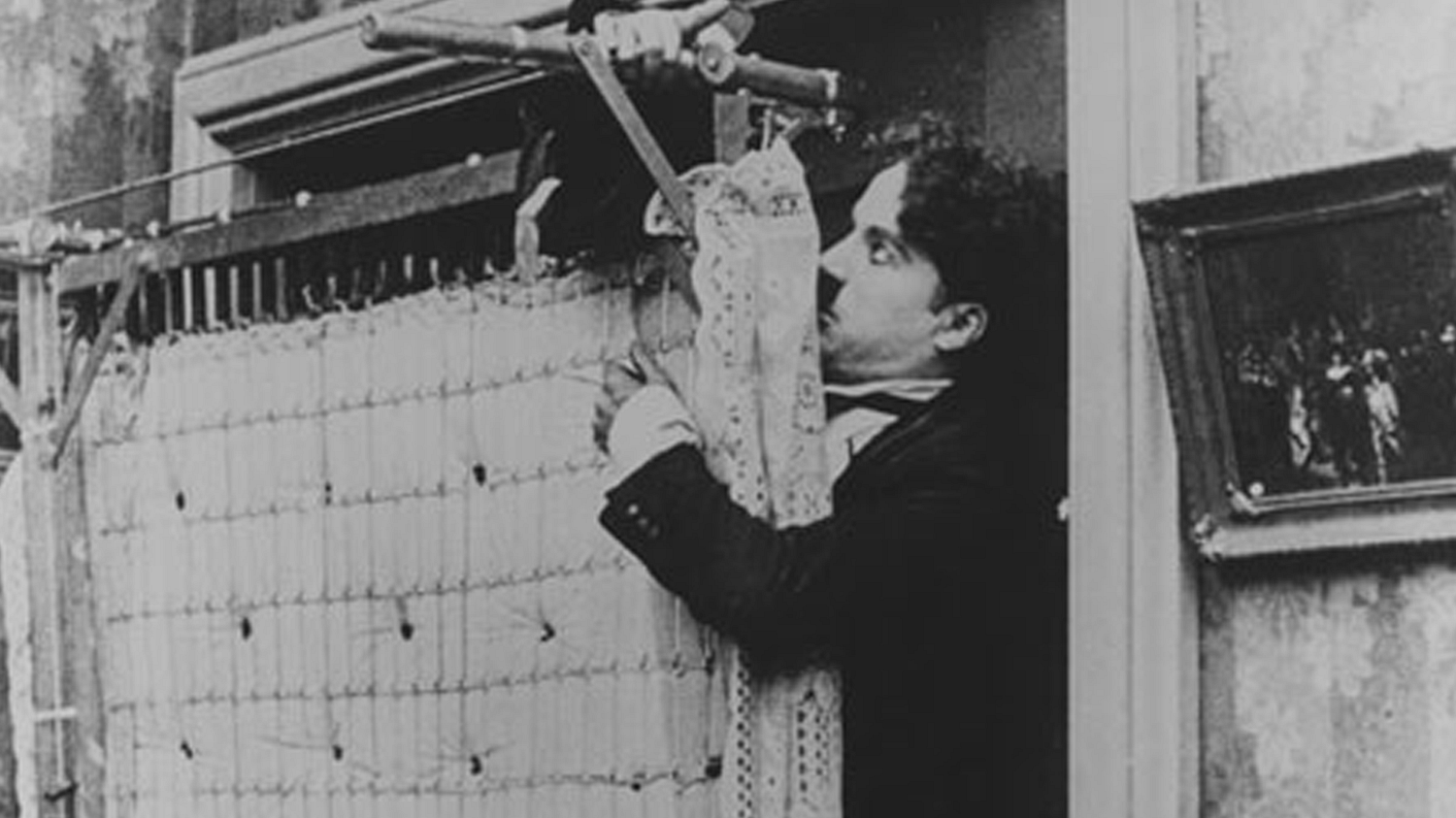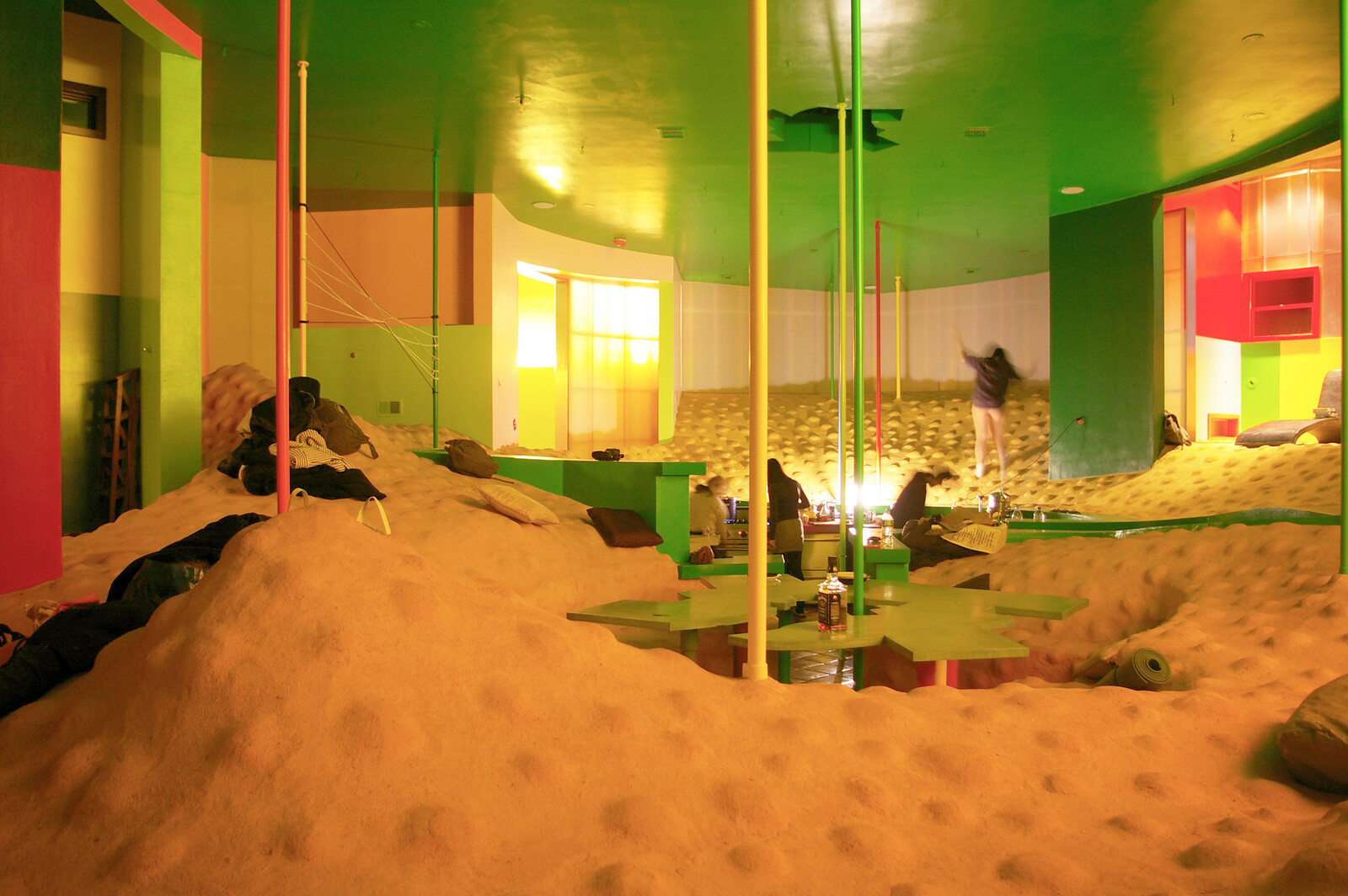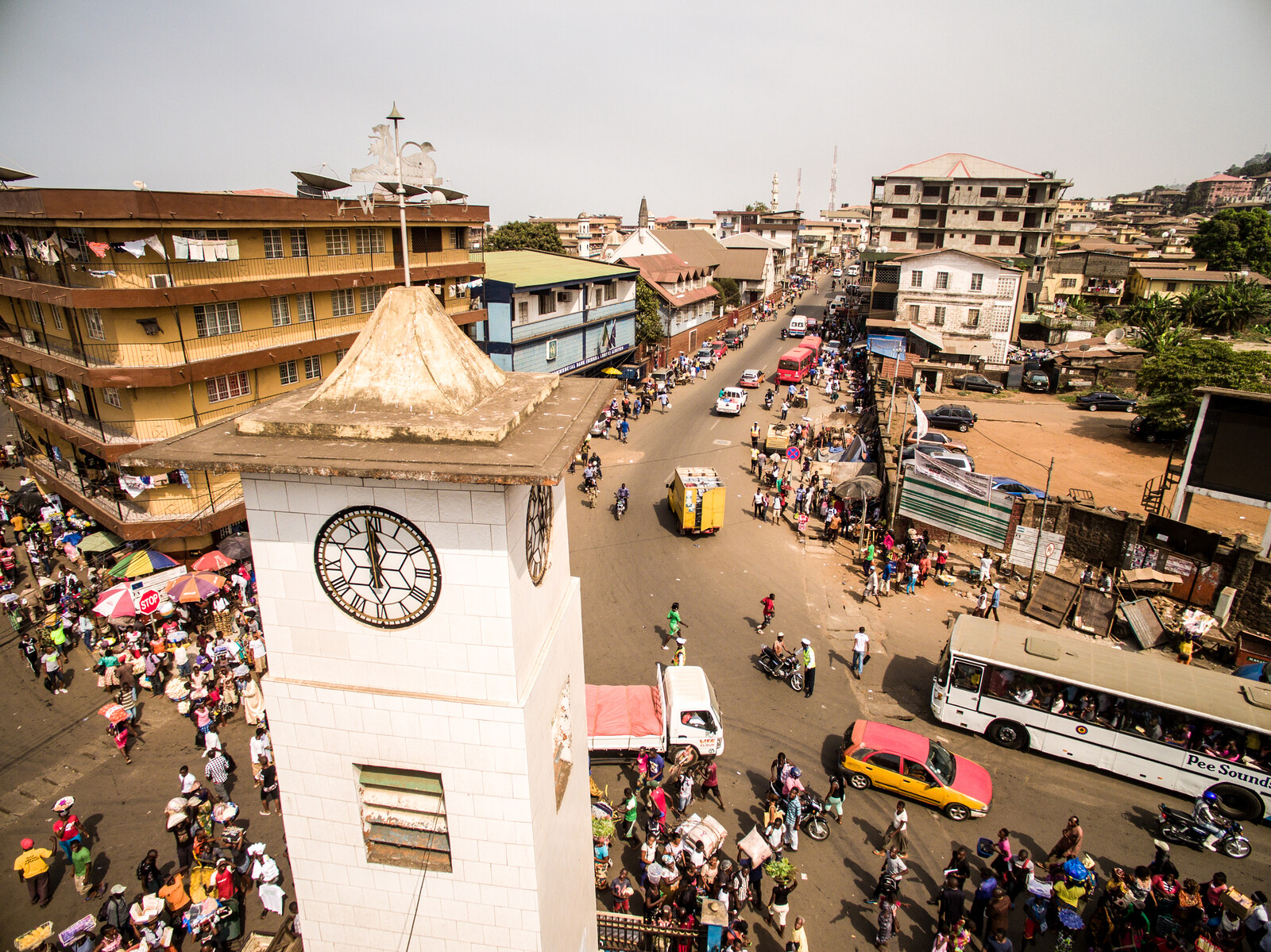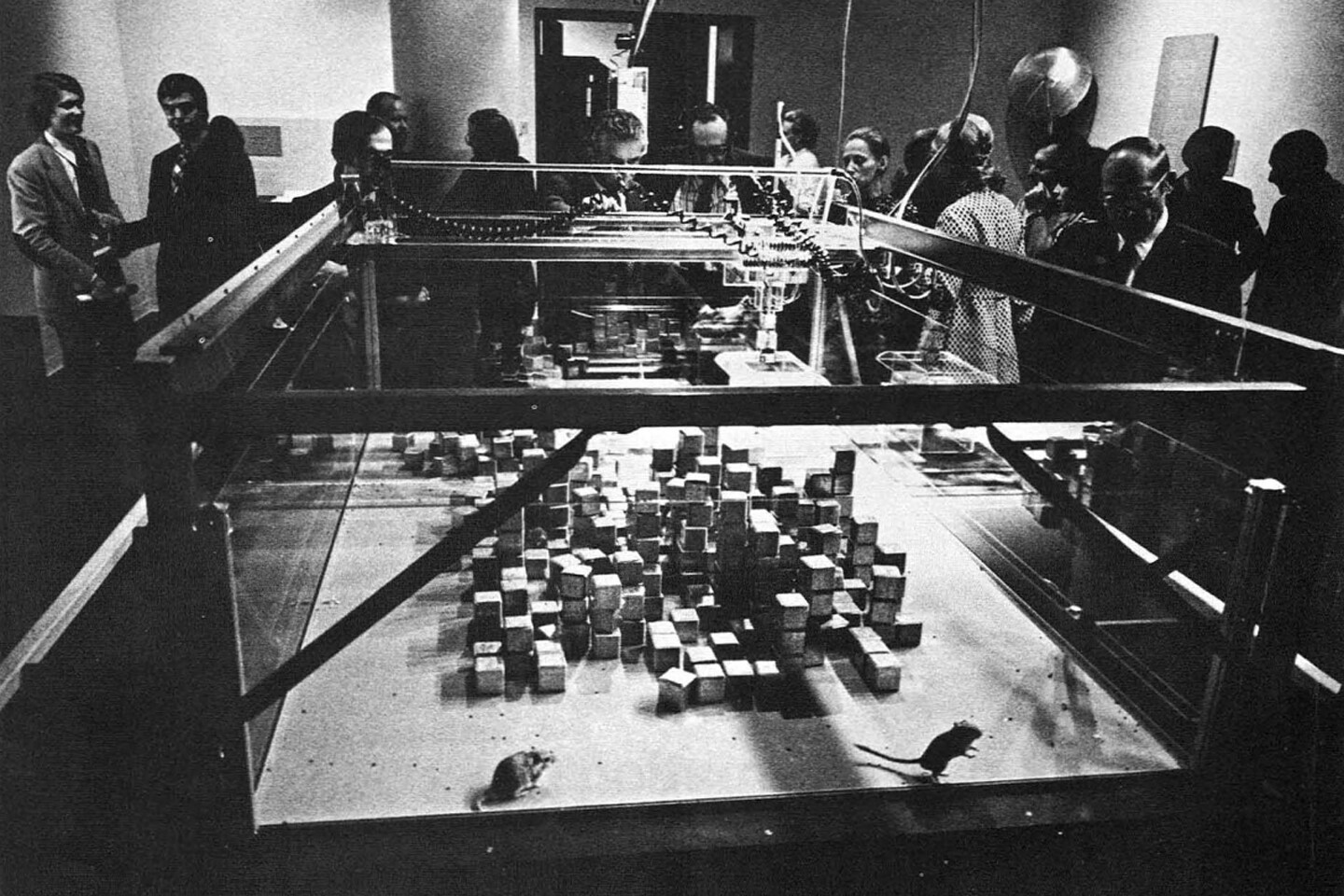When Cedric Price declared “technology is the answer, but what was the question?” he could not have understood the extent to which such a logic would underpin the economic and industrial logics of disruption that have since become increasingly determining of social life and urban experience. Indeed, his statement was made over ten years before Shenzhen, what is today the metropolitan heart of the world’s trillion-dollar consumer electronics manufacturing infrastructure, even became a city. Price not only subordinated the question of form to that of function, as Louis Sullivan did at the cusp of modernity more than half a century prior. Rather, he opened up the very idea of function to that of engineering and design, and in so doing destabilized the relevance and legitimacy of all extant forms.
Price’s declaration was made on the cusp of the digital revolution. Issues facing the future of urban settlement are vast, and the solutions that might be provided today are of a definitively different nature and performance than those that were possible during Price’s time. According to Nicholas Negroponte, all things digital are simultaneously local and global, large and small, inside and outside of any given boundary. The digital world is not crisp, but rather porous and diffuse. It brings together previously separate worlds, like those of discovery, invention, and expression. It has even become the DNA of each. The natural world and the artificial world are becoming the same. Change will happen very rapidly.
Digital × is a collaboration between e-flux Architecture and the Norman Foster Foundation within the context of its 2019 educational program.
